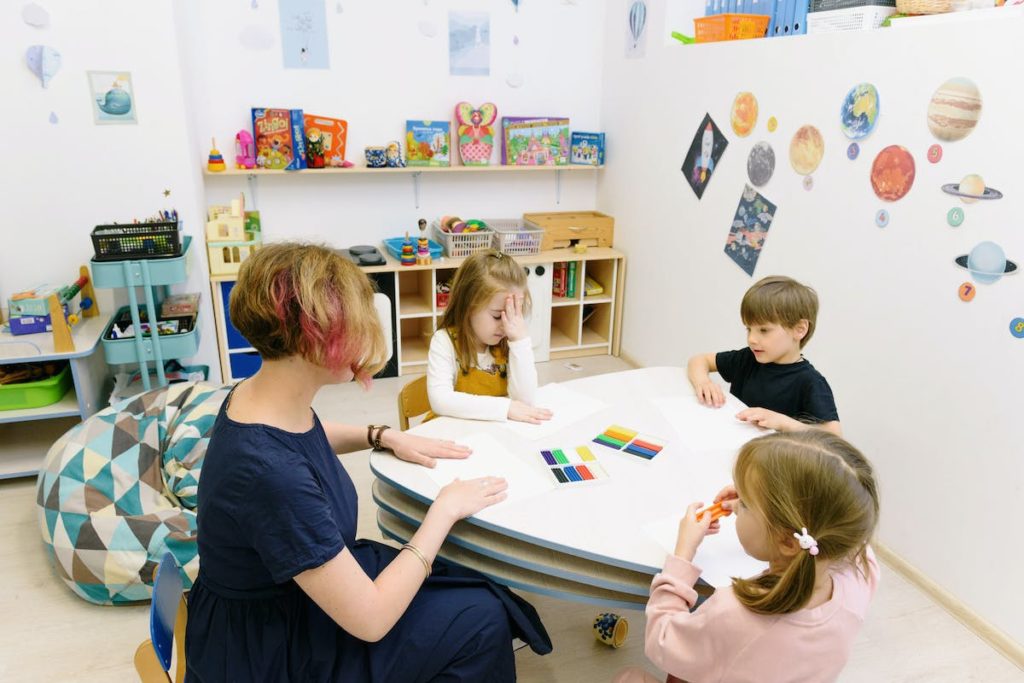Every child is unique, with individual strengths, preferences, and a distinct approach to learning. This prep school in Surrey suggests that as parents, educators, or caregivers, recognising and understanding your child’s learning style is crucial for fostering a supportive and effective learning environment. Tailoring education to match their preferred learning style can make a significant difference in their academic success and overall development. Keep reading for some tips on understanding your child’s learning style.
The VARK Model
One widely accepted framework for understanding learning styles is the VARK model, which categorises learners into four main types: Visual, Auditory, Reading/Writing, and Kinaesthetic. Identifying which category your child falls into can provide valuable insights into their optimal learning methods.
- Visual Learners: These children grasp concepts best through visual aids like charts, graphs, and images. Incorporating colourful visuals into their learning materials or encouraging them to draw diagrams when studying can enhance their understanding.
- Auditory Learners: For these learners, spoken information is key. They absorb knowledge through discussions, lectures, and verbal explanations. Encourage them to read aloud, engage in group discussions, or listen to educational podcasts to reinforce their understanding.
- Reading/Writing Learners: These children thrive when presented with written information. They prefer reading and writing to absorb and communicate ideas. Providing books, written instructions, and encouraging them to take notes while studying can be beneficial for their learning process.
- Kinaesthetic Learners: Active, hands-on learners, kinaesthetic children grasp concepts through physical experiences. Incorporating activities, experiments, and interactive learning methods can help them understand and retain information more effectively.
Observation and Communication
While the VARK model provides a useful framework, it’s essential to recognise that each child is a blend of these styles. Regular observation and open communication with your child about their experiences in the learning process can offer deeper insights.
Observe how your child naturally engages with different activities. Do they prefer to draw while studying? Do they ask questions during discussions? Are they more focused when they can move around or use their hands? These observations can guide you in tailoring their learning experiences.
Flexibility in Teaching Methods
An effective learning environment should be flexible and adaptable to cater to your child’s unique needs. Experiment with various teaching methods and materials to identify what resonates most with them. For instance, if your child is a visual learner, use educational videos or infographics to convey information. If they lean towards kinaesthetic learning, incorporate hands-on projects into their studies.
Encourage Self-Awareness
Teaching children about different learning styles empowers them to understand how they learn best. Encourage them to reflect on their preferences and develop strategies that complement their strengths. This self-awareness is a valuable skill that will serve them well throughout their academic journey and beyond.
Understanding your child’s learning style is a continuous process that requires patience, observation, and a willingness to adapt. By embracing and accommodating their unique ways of processing information, you not only enhance their academic performance but also foster a positive attitude towards learning. Remember, every child is a distinct learner, and unlocking their potential begins with recognising and celebrating their individuality.











